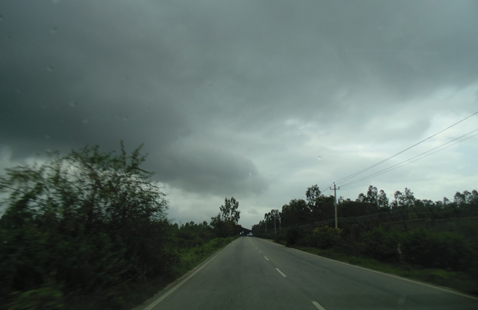
By November, national highway development will see a new mode of implementation called Hybrid Annuity Model. Nodal agency National Highways Authority of India has already drafted a model concession agreement that is awaiting approval from the Union ministry of road transport & highways. The formal go-ahead is likely to be in place by August.
The proposed hybrid model aims to reduce the risk associated with the developer but at the same time increases the financial outgo of NHAI. Under the new model, the project cost will be shared in the ratio 40:60 by NHAI and the developer, respectively. NHAI will also take the responsibility of collecting toll revenues, which is the core return on investment to the developer. As per available reports, NHAI will collect toll from road users and will refund the same to the developer over a ten-year period.
For developers, the fact that NHAI would share 40 per cent of the project cost would mean faster financial closure. Lending agencies would also be more forthcoming in sanctioning loans as NHAI would also be a 40 per cent shareholder in the project. However, for NHAI, this means higher financial outgo as compared with the BOT mode of implementation.
Currently, there are three popular modes of implementation – EPC, BOT (Toll) and BOT (Annuity). Under both the variants of the BOT model, the developer shoulders the entire risk of project financing, construction and operation during the concession period. NHAI, the grantor of concession, does not have a financial risk as it does not share the project cost. NHAI is responsible for land acquisition and securing all mandatory clearances. In the BOT-Toll model, the developer collects the toll while in the BOT-Annuity mechanism, the developer gets an annual revenue stream (annuity) during the concession period. The annuity mode is usually adopted on stretches where no toll is collected from highway users, or when the toll collection is not remunerative enough.
In the EPC mode of implementation, NHAI bears the entire risk of the project. There is no private developer involved in the operations of the highway. The project is constructed through EPC contractors that only share construction risk without financial risk. In this mode though, the financial outgo of NHAI is the highest. The EPC route is adopted selectively for “unattractive” projects where private entrepreneurship—through BOT (Toll) or BOT (Annuity)—is unlikely to materialize.
For NHAI, the hybrid annuity model (HAM) could be an effective alternative to the EPC mode. Given that NHAI would be sharing 40 per cent of the cost, developers could see some merit vis-à-vis the BOT (Toll or Annuity) route. If NHAI succeeds in converting unattractive stretches from EPC to HAM, it could do good to its cash flows as the agency would now need to finance only 40 per cent of the project cost. Given that NHAI will be sharing 40 per cent of the project risk, the HAM mode can inspire EPC contractors, especially those with only low or medium risk appetite, to turn into developers.
The government hopes to award 12 national highway projects aggregating 576 km, for which DPRs are ready, during FY16. The total outlay of these projects is an estimated Rs.15,905 crore. For FY17, another 15 projects aggregating 1,105 km are envisaged for implementation using the proposed hybrid annuity model.











